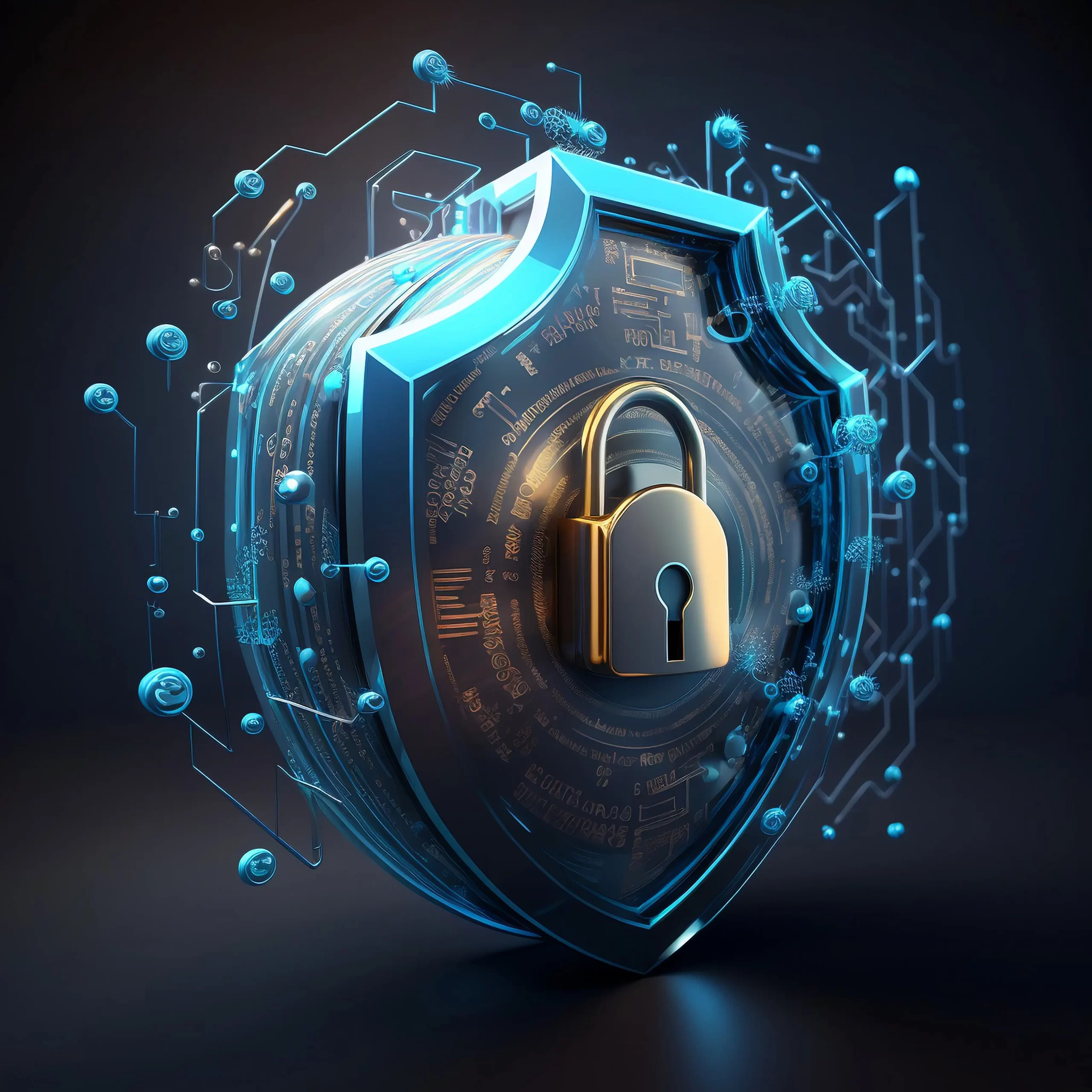Safeguarding the Digital Frontier: A Comprehensive Guide to Cybersecurity
In an era dominated by technology, the need for robust cybersecurity measures has never been more critical. As our reliance on digital platforms grows, so does the threat landscape. Cybersecurity is no longer just a concern for large corporations; it’s a necessity for individuals, small businesses, and governments alike. This blog explores the world of cybersecurity, delving into its importance, common threats, and best practices to safeguard against cyber attacks.
The Importance of Cybersecurity:
- As technology evolves, so do the methods employed by cybercriminals. The consequences of a successful cyber attack can be devastating, ranging from financial losses to compromised personal information. Cybersecurity is the first line of defense in protecting sensitive data, ensuring the integrity of systems, and maintaining user trust in the digital realm.
Common Cyber Threats:
- Malware:
Malicious software, or malware, takes various forms such as viruses, worms, and ransomware. Understanding how malware operates is crucial in developing effective defense strategies.
b. Phishing Attacks:
Phishing remains a prevalent threat where attackers disguise themselves as trustworthy entities to deceive individuals into divulging sensitive information. Recognizing and avoiding phishing attempts is key to personal cybersecurity.
c. Distributed Denial of Service (DDoS) Attacks:
DDoS attacks overwhelm a system’s resources, rendering it inaccessible to users. Organizations must implement measures to mitigate and respond to these attacks to ensure continuous service availability.
d. Data Breaches:
- The unauthorized access and disclosure of sensitive data pose significant risks to individuals and organizations. Robust encryption, access controls, and regular security audits are essential in preventing and mitigating data breaches.
Protective Measures:
- Use Strong Passwords:
Creating complex passwords and changing them regularly adds an additional layer of security to your accounts. Consider using password manager tools to generate and store strong, unique passwords.
b. Update Software Regularly:
Keeping software, operating systems, and applications up-to-date is critical. Software updates often include security patches that address vulnerabilities exploited by cybercriminals.
c. Implement Multi-Factor Authentication (MFA):
MFA adds an extra layer of protection by requiring users to provide multiple forms of identification before accessing an account or system, significantly reducing the risk of unauthorized access.
d. Educate and Train Users:
- Human error is a common factor in cyber attacks. Educating users about cybersecurity best practices, recognizing potential threats, and implementing ongoing training programs can significantly enhance overall security.
Emerging Technologies in Cybersecurity:
- Artificial Intelligence (AI) and Machine Learning (ML):
AI and ML are increasingly being used in cybersecurity to analyze patterns, detect anomalies, and respond to threats in real-time, providing a more proactive defense mechanism.
b. Blockchain Technology:
- Blockchain’s decentralized and tamper-resistant nature is being explored for enhancing security in various applications, including secure transactions and data integrity verification.
Conclusion:
- As the digital landscape continues to evolve, so must our approach to cybersecurity. By understanding the common threats, implementing protective measures, and staying abreast of emerging technologies, individuals and organizations can navigate the digital frontier with confidence. Cybersecurity is not just a responsibility; it’s a collective effort to create a secure and resilient digital environment for everyone.



